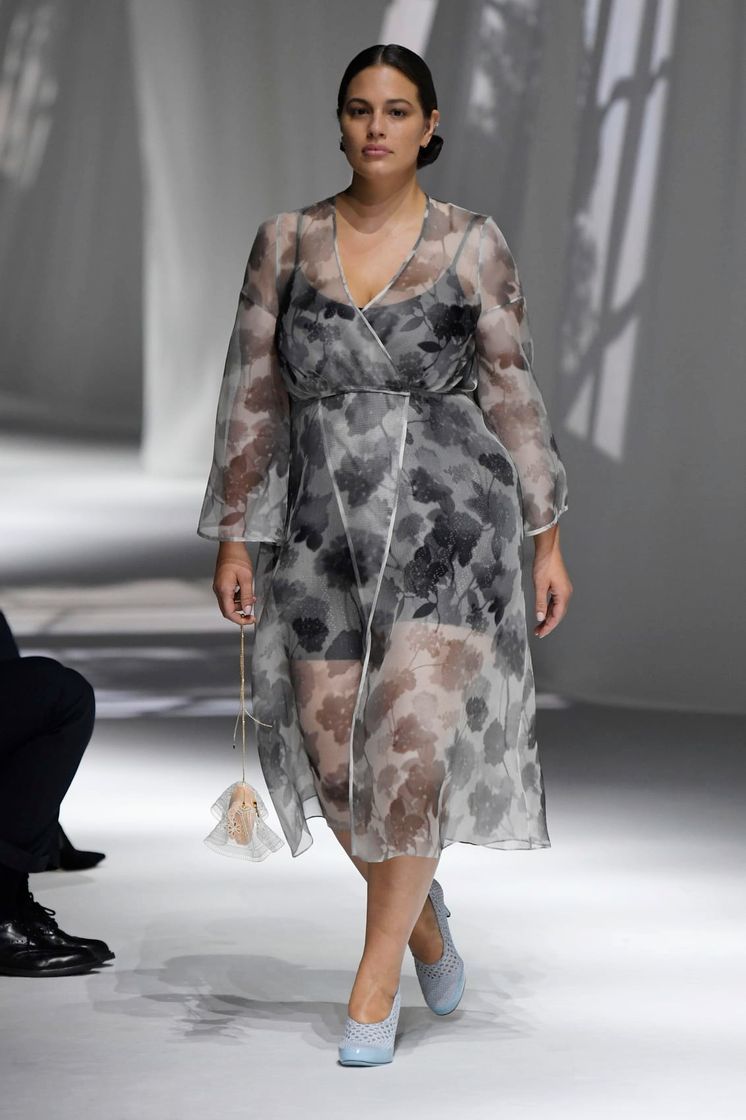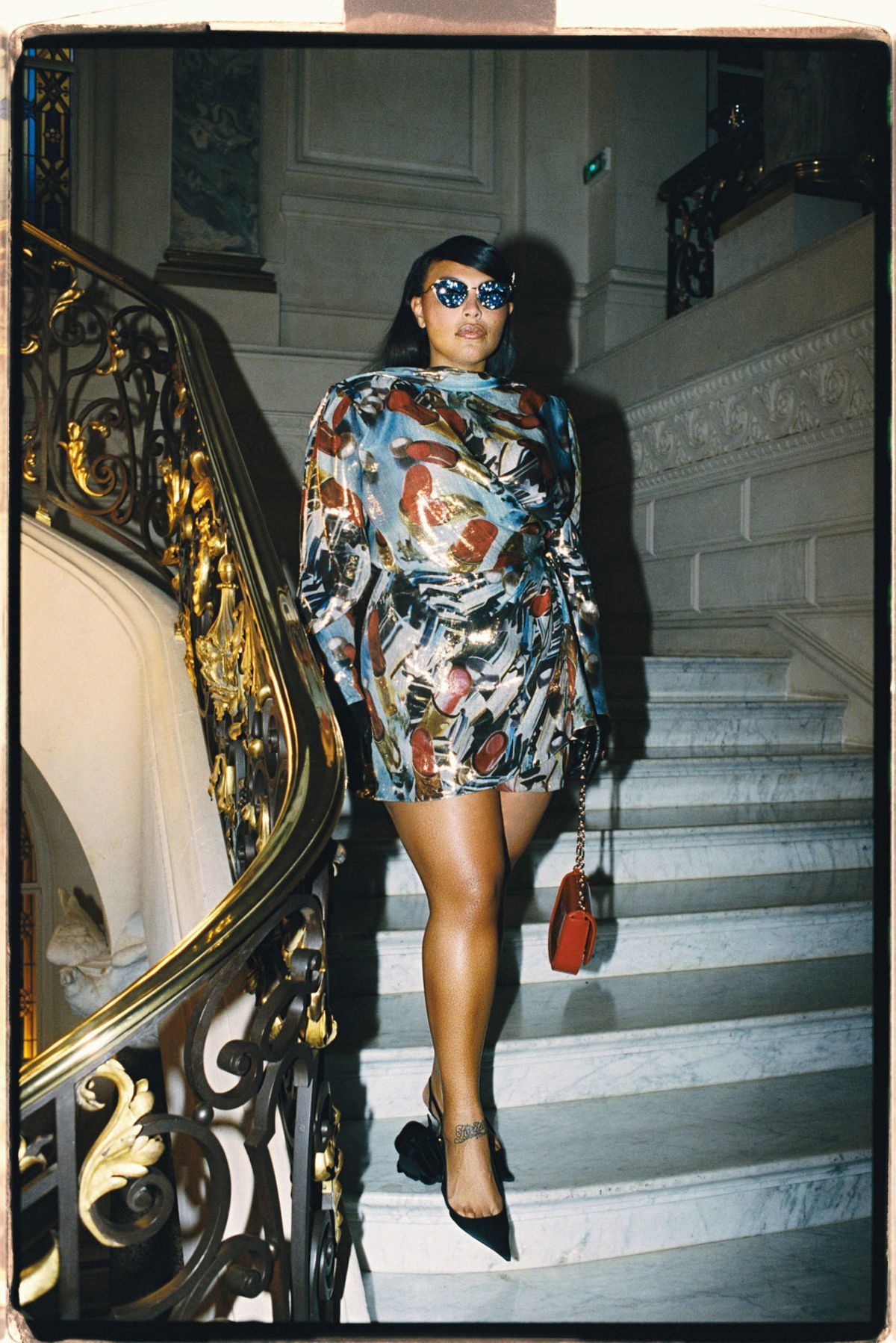After weeks of boisterous runway shows, the Fall/Winter 2021 Fashion Month ended earlier in March. Collections showcased the growing ‘70s revival, elements of fairytale imagery, and various futuristic silhouettes. However, notably missing from the fashion season were plus-size models.
After a historic Spring/Summer 2021 season for brands like Versace, which sent three plus-size models down the catwalk in a single show, the Fall/Winter 2021 shows were sorely lacking in body diversity. Versace only employed one of the three curve models from last season, Precious Lee, and Fendi, which had used at least one plus-size model for past two seasons under Silvia Venturini Fendi’s tutelage (a first for the House), included zero for Kim Jones’ debut ready-to-wear collection with the brand.
Ashley Graham in Fendi Spring
Last season, L’OFFICIEL asked whether the uptick in curve models on high fashion runways signaled a larger movement of plus-size fashion becoming mainstream. Research shows that the average American woman is between a size 16 and 18, while plus sizes usually begin at 12-14. After decades of flaunting almost exclusively sample size models as the standard of beauty, body diversity on the runway, especially those of staple European fashion houses, would bring representation to a community underserved by the luxury market and destigmatize size as an obstacle to beauty. However, the rollback of these progressive moves paints last season's triumphs as performative body diversity rather than actually change. It's another example of the fashion industry’s unwillingness to defy antiquated notions of the ideal body type. 
Jill Kortleve in Chanel Fall/Winter 2021
Paloma Elsesser in Lanvin Fall/Winter 2021
By the end of the recent runway season, Lee only walked for Versace and Moschino. She was the only curve model in both shows. Last season, Salvatore Ferragamo tapped one of the biggest plus-size models at the moment, Paloma Elsesser, to be the brand's first curve model ever. This season, she only modeled for Chloé, Lanvin, Khaite, Marni, Coach, and Gabriela Hearst, while Jill Kortleve was in three shows total: Chanel, Coperni, and Ferragamo. Both Elsesser and Kortleve were also the only plus-size models in each show they were in.
Kortleve in Salvatore Ferragamo Fall/Winter 2021
The coronavirus pandemic and the industry’s pivot to digital shows and films have raised copious questions about the future of fashion. But not addressing the plus-size community with runway representation and readily available sizes blatantly ignores the most obvious path for fashion’s future.
A recent study suggests more than 40 percent of Americans and 35 percent of people around the world gained weight while in lockdown during the coronavirus pandemic. In the midst of a global health crisis that has closed countries and upended the lives of countless people, worrying about one’s size shouldn’t be a concern. The last year has proven that people have more pressing issues to deal with than trying to fit into a size two. Having body shapes and sizes that better represent the general public destigmatizes a smaller size as the goal for achieving beauty, and celebrates the myriad of body types that already exist as worthy of feeling stylish.
Body size is not a determinant of beauty, nor is it a prerequisite for dressing well. If brands and designers want to catch up with the rest of the world in a non-performative way, they must evolve by putting more plus-size designs on the runway and in stores.













